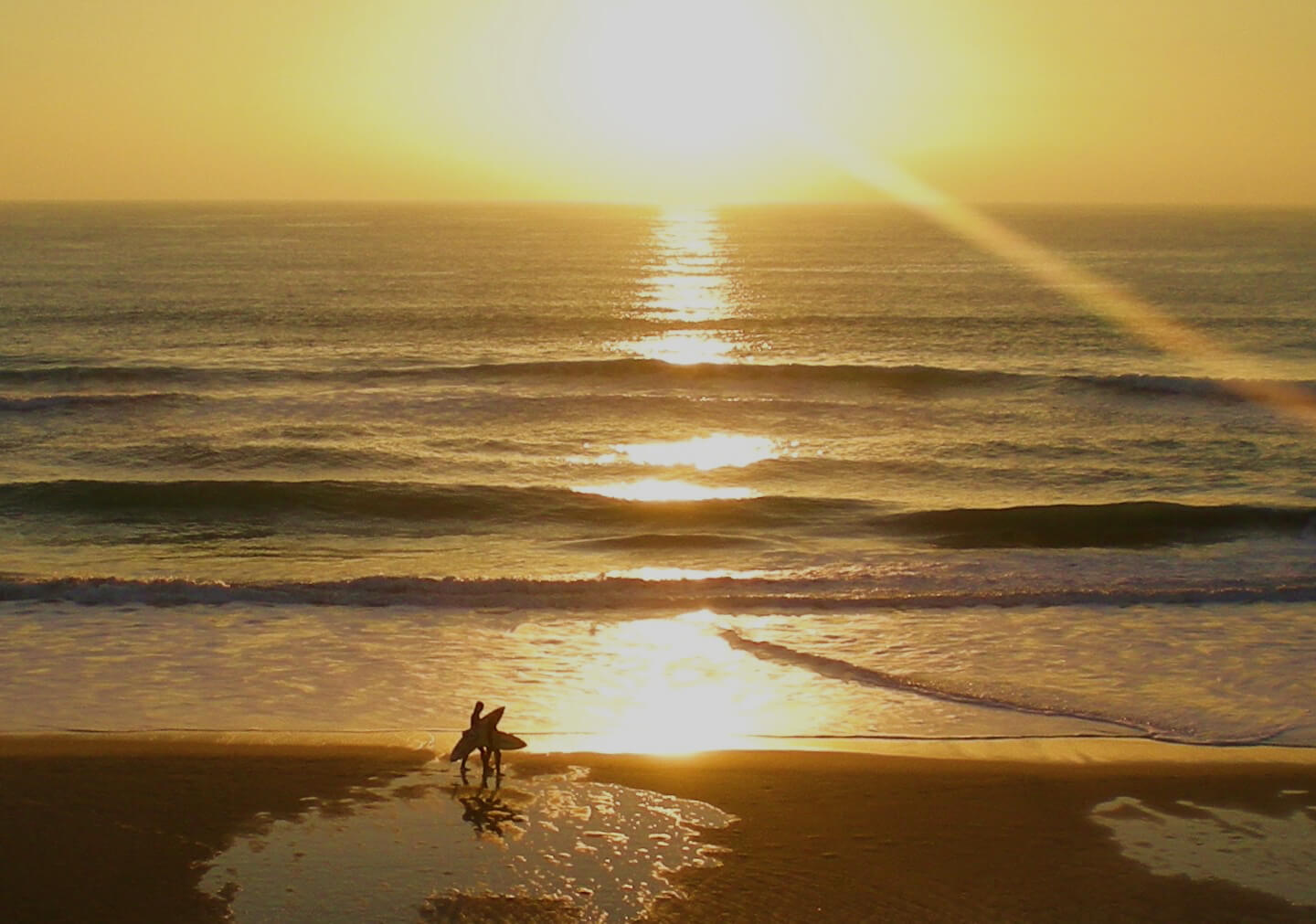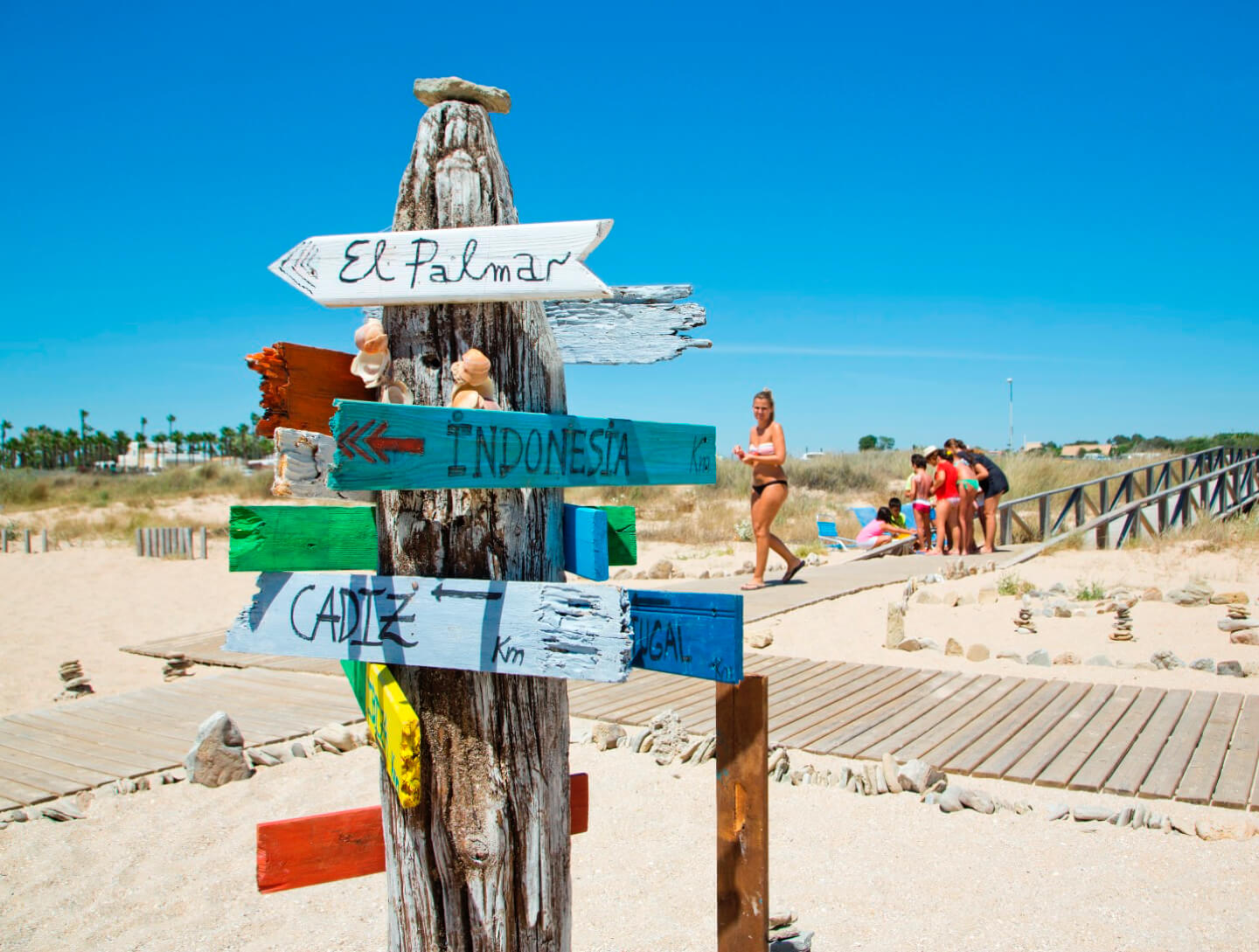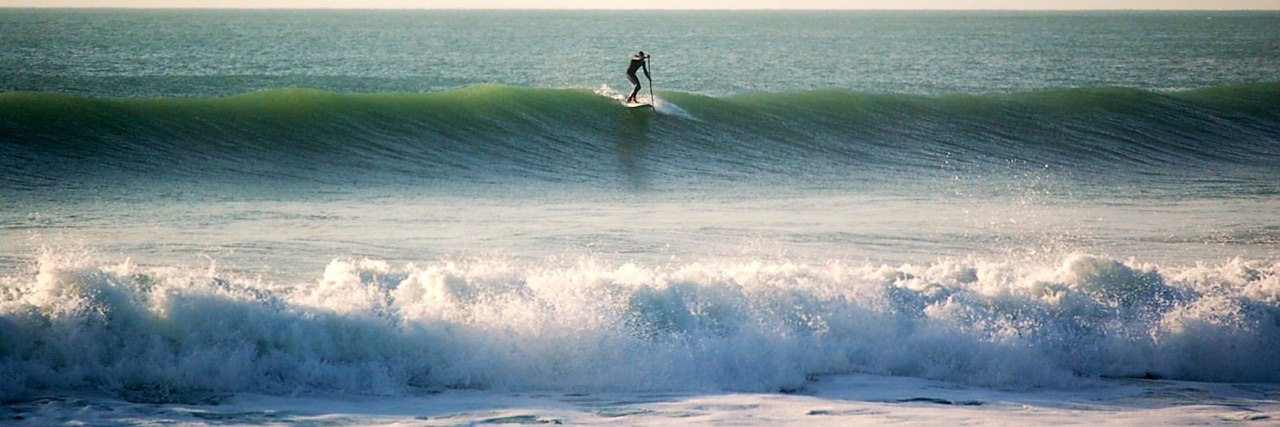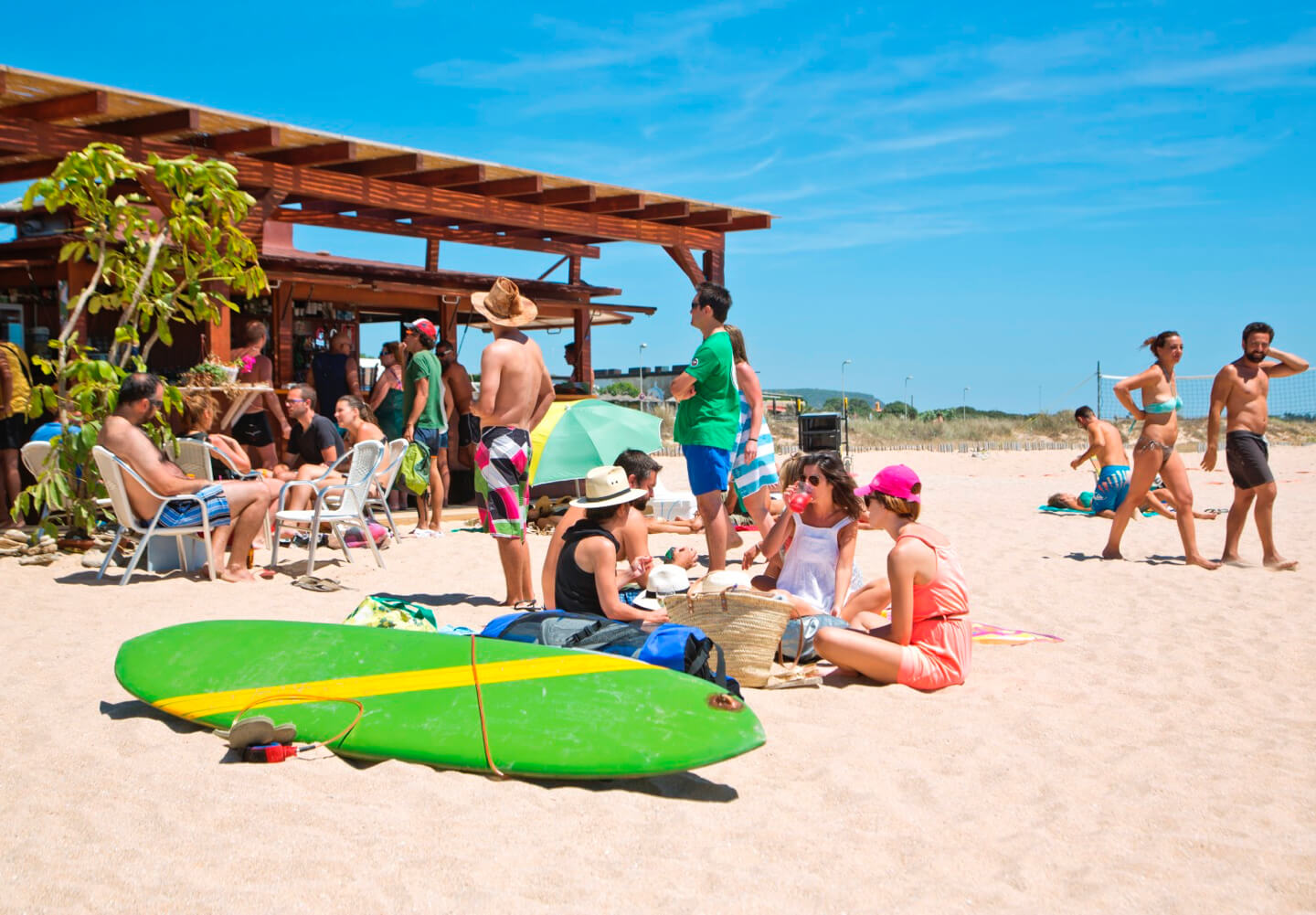Gira tu dispositivo para una experiencia óptima
Gira tu dispositivo para una experiencia óptima

5 días

Cultura

Playa

Cádiz relax
Enter your email address and in a few seconds you will have the experience on your mobile so you can see it whenever you want.
We have emailed you the experience; enjoy Cadiz like never before.
Don't you get your experience?

Over the next 5 days we're going to do an intensive course of gaditanismo (becoming a true person from Cadiz) You'll discover the heritage, history, culture, natural settings, gastronomy, traditions and customs of the city of Cadiz. We hope that at the end of this experience, the three-thousand-year-old city will have taken you into its arms and then you'll understand why so many poets, writers and musicians have felt the need to sing its praises.
Lesson number one: put the car aside. We're going to use public transport. So, leave it in the hotel parking space (make sure it has spaces available) or in a public car park (https://emasacadiz.es). Or better still, don't even bring it. You can get here by train, ship, coach or plane (https://www.cadizturismo.com/como-llegar). If you do decide to come by car, enter Cadiz from the north. You'll drive across the new Constitución de 1812 bridge and there you'll get one of the most beautiful views of Cadiz.
The idea for this first day is to discover the city's history and civil heritage. Or at least a summary of what's on offer. It's not that easy to summarise three thousand years of History. The municipal tourism website offers some cultural routes you can take (http://turismo.cadiz.es/ver/ruta%20cultural). There are also four tourist routes to choose from; they're marked out with different coloured lines on the ground (http://turismo.cadiz.es/mapas).
We don't want to bore you with too many details about what to see, so here are the basics. There are 5 historical milestones that define how the city has developed and made it what it is today: 1. the Phoenician and Roman periods, with remains to be found all over the city; 2. an Anglo-Dutch attack at the end of the 16th century that destroyed the city and led to it being fortified; 3. the transfer to Cadiz of the Casa de Contratación de Indias (the Spanish overseas expeditions authority) in the 18th century, which sparked off its period of maximum splendour; 4. the War of Independence against the Napoleonic troops and the proclamation of the Constitution of 1812 - the so called Constitución de Cádiz or La Pepa-; and 5, an explosion in 1947 that caused more than 150 deaths, devastated part of the town outside the walls and led to the city's current layout.
.

Inserta aquí una nueva sección
It always helps to discover a city by going from the general to the specific, so to orientate ourselves a bit, we're going to go on a tour in a panoramic bus (https://city-sightseeing.com/es/19/cadiz/206/bus-turistico-cadiz). The ticket includes a route with audio-guide through some of the most iconic places in the city: The Alameda Apodaca, the Promenade, Puertas de Tierra, Church of San José (18th c.), two walking tours through the districts of El Pópulo and La Viña, and discounts on entrances to the Cathedral and Tavira Tower, amongst others. You can also get on and off the bus as many times as you want.
Our first visit is to the Plaza de España. There you'll see the monument to Las Cortes (S.XX), with which Cadiz commemorated the first centenary of the Constitution of 1812. Many areas of the province of Cadiz were deeply marked, if not destroyed outright, by the War of Independence (1808-1814), and by the siege of the city of Cadiz by the French and its defence, but thanks to the fierce resistance of the locals, the first Spanish Magna Carta was drawn up and signed.
Near the plaza you can see some splendid buildings, built during the period of maximum splendour of Cadiz (18th c.), such as the Palacio de la Diputación, which was the old Casa de la Contratación, the Houses of the Five Towers and Four Towers. They are examples of a style of architecture that you'll see time and time again in the old quarter. Town mansions with three or four floors, with profusely decorated facades. The mezzanine was given over to offices, the first floor was the main residence and the floors above were for domestic staff. Watchtowers crowned the buildings; their function was to watch out for the ships loaded with merchandise arriving from the Americas. More than a hundred of these towers are still conserved.

Now we're off to the Museum of Cadiz (Plaza de Mina) (http://www.museosdeandalucia.es/web/museodecadiz). It's full of archaeological finds, paintings. sculptures and ethnographic material of tremendous interest from the entire province of Cadiz. Outstanding exhibits include the Phoenician sarcophagi found in Cadiz, especially the female one (470 BCE), a sculpture of Trajan (1st century CE) from Baelo Claudia (Tarifa) and several works by Zurbarán, amongst many other pieces from prehistory to the present day. The visit is free for citizens and residents of the EU. Opening times: http://www.museosdeandalucia.es/web/museodecadiz/informacion-general.
Then we'll walk to the Oratorio de San Felipe Neri (18th c.). This beautiful religious building with its elliptical shape was ideal for the intense debates of the 1812 constitutionalist deputies. The names of many of them are recorded on stone tablets placed on the facade. Notable features of the interior include the main altarpiece and a canvas by Murillo. It's open for visits from Tuesday to Sunday.
Right next to it, in Calle Santa Inés, is the museum of Las Cortes (1912). It's full of exhibits related in one way or another to the proclamation of the Constitution of Cadiz. A special exhibit is a large architectural model of Cadiz made of mahogany and ivory in 1777. Entrance is free, from Monday to Friday, in the morning (http://turismo.cadiz.es/es/rutas-y-visitas-en-cadiz/museo-de-las-cortes-de-cádiz).
We've still got time before lunch to go up the Tavira Tower (https://www.torretavira.com/). Situated at the highest point of the city, it was the official watchtower of the port in its day. Now it's a tourist attraction, not only because of the viewing point and the view it offers of the city, but also because of the unusual perspectives given by its Camera Obscura.

After lunch, we'll set off on a journey to the past with a visit to the archaeological site of Gadir (C/ San Miguel), where you can find out more about what life was like in Cadiz under the Phoenicians. It's open morning and evening from Tuesday to Saturday, on Sundays only in the morning (for more information, call 956 226 337).
Now it's time to head off down the Calles Javier de Burgos and Montañés to Candelaria. This small landscaped plaza contains trees of great value for their rarity and age. The centrepiece is a bronze statue of Emilio Castelar, a politician born in Cadiz. Two outstanding buildings are the Asilo de Oviedo (number 15) and the current central office of the Delegación Provincial de Juventud (number 6). It's well worth stopping off for an afternoon snack at the Café Royalty (1912). Elegantly designed in the Romantic style, this beautiful cafe is living a second youth thanks to careful restoration work that saved it from neglect. (TEMPORARILY CLOSED)
The next stop is the Roman Theatre (70 BCE), one of the oldest and largest in the Iberian Peninsula. Only a part of it could be excavated. The rest of the structure remains under the district of El Pópulo. Even so, it's well worth the visit just to appreciate just how important the city was in Roman times. Access is free (https://www.juntadeandalucia.es/cultura/enclaves/enclave-arqueologico-teatro-romano-de-cadiz). (TEMPORARILY CLOSED) For more information, call 677982945.
To finish off, we'll go through the district of Santa María to arrive at Las Puertas de Tierra (16th c.). We'll visit the upper walkway and the tower. This defensive structure played a vital role in the defence of the city during the Napoleonic siege and later on in the explosion in 1947 (the fortifications blocked the shockwave and prevented even greater damage). Access is free.
It's almost dinner time. you'll find some good places to eat nearby in the Calle Plocia or in the Plaza de San Juan de Dios.

Today we're going to carry on with some more visits to tourist sites, but with an extra touch to give us a bit more mobility. We're going to get around on a Segway. We rented them for one day at a shop in the Calle Sopranis (they also have bikes and electric scooters, as well as other personal transporters. Call 695 55 55 57 for information and bookings). Ask them for information about the places where you're allowed to move around and in what conditions, because the regulations can change from one city to another. The general rule in Cadiz is that you can circulate with this type of vehicle on bike lanes and pavements at a maximum speed of 20Km/h. You can find all the regulations here: https://www.bopcadiz.es/export/sites/default/.boletines_pdf/2020/07_julio/BOP137_21-07-20.pdf#page=25).
We're going to use the day to try and see some of the most notable military and religious buildings. First stop is the Town Hall of Cadiz (17th c.). On the facade, above the balcony, you can see the titles of the “muy noble, muy leal y muy heroica ciudad de Cádiz” (most noble, most loyal and heroic city of Cadiz), granted to the city through its history for its role in important events, along with a relief of Hercules. You'll se many references to the mythological hero throughout the city, since he was its “founder and ruler”, according to the coat of arms of the city. The clock tower rings out the hours to a melody by the famous local composer, Manuel de Falla.
From there we'll set off to the Cathedral of Cadiz (18th-19th c.). Don't let its size deceive you, the structure is surprisingly delicate. The interior has a lot to see, but whatever you do, don't miss the crypt. It's amazing. The entrance price to the Cathedral includes an audio-guide and access to the Poniente Tower, from where you can see the best views of Cadiz. The floor plan of the Cathedral is marked out in marble in the plaza, which is a very popular location with lot of bars and restaurants to stop off at and have lunch.
You can still get a bit more out of that Cathedral entrance ticket. We're going to the Cathedral Museum (plaza Fray Félix). It contains the third richest collection of religious exhibits in Spain, or so they say. Next to this building is what is known locally as the Old Cathedral, for obvious reasons. King Alfonso X the Wise had it built in the 13th century on top of an old mosque. It was rebuilt in the 16th century, after a fire caused by the attack in the 16th century left it in ruins.

Now we're going to set off along the bike path of the Campo del Sur up to Paseo Fernando Quiñones, a promenade (19th c.) that links the city to island where you can find the castle of San Sebastián (18th c.). Ask in the tourist office if the castle is open to visitors (http://turismo.cadiz.es/contacto).
The history of the isle goes back to the Phoenicians. Here they built a temple dedicated to the chief god in their pantheon, Baal Hammon. At that time, the isle formed part of an archipelago and was much bigger. It was called Kotinoussa. It went as far as what is now called the Isla de Sancti Petri, opposite the coasts of the neighbouring towns of San Fernando and Chiclana. A water channel went as far as the Bay and separated it from Erytheia, an island further to the north. There, opposite the temple of Baal Hammon, a temple dedicated to the goddess Astarte was built.
All around you is one of the most iconic and beautiful images of Cadiz. The Campo del Sur, the beach of La Caleta with the spa of La Palma (20th c.), the old Hospital de Mora, the trees of Mora (huge hundred-year-old fig trees) and the castle of Santa Catalina (18th c.), which is where we're heading off to now. Perhaps you remember seeing it in the model of the museum of Las Cortes. This star-shaped castle is the one you saw next to La Caleta. The castle structure has been very well conserved. A visit not to be missed. The structure itself plays host to exhibitions, artisans' workshops, concerts and cultural activities.
I don't know about you, but I'm really hungry. Let's go to the Calle Virgen de La Palma, sit down at a terrace bar and order a caballa con piriñaca (mackerel with vegetable garnish). Remind me while we're eating to tell about the story of the tsunami (caused by the Lisbon earthquake in 1755). The people took the sacred banner of the Virgen de La Palma (the church at the end of the street) in procession right here, and it's said that she brought about the miracle of holding back the waters...

After lunch we'll head off down the long Calle Sagasta to the Calle Rosario. We'll pass by the church of San Lorenzo (18th c.), cross the Calle Ancha, the church of El Rosario (16th. c.), the Oratory of the Santa Cueva (18th c.) and carry on up to the church of San Agustín (17th c.). The carving of the Cristo de la Buena Muerte is considered to be one of the best Spanish sculptures of its period. The plaza and the area surrounding the church has some nice places to eat at.
Now we'll go down the Calle San Francisco and head up from there to the plaza with the same name. There are some bars here to stop off and have a drink. The plaza is dominated by a convent (17th c.). It's the headquarters of the oldest cofradía (holy brotherhood) of the city.
It must be time to return the Segway. Use what time is left and lose yourself in the district of Santa María. There you can find the churches of Santa María (16th c., later rebuilt in the 17th c.) and La Merced (17th c.). The first one holds an image of Jesús Nazareno, which is greatly venerated in the city. The tradition is to come here on Fridays to pray to it. The second church still conserves the facade and tower. This district is home to a lot of very good places to try out the delicious local gastronomy.

At the midpoint of our experience, perhaps it's a good idea to relax and spend a day at the beach and do some shopping. It doesn't matter much where your hotel is. In Cadiz there's always a wonderful beach nearby. Is your hotel in the city centre? The grab your towel, your sandals and head off to La Caleta (https://www.cadizturismo.com/playas/la-caleta). Staying at Puertas de Tierra? No problem. The beach of Santa María del Mar is just around the corner (https://www.cadizturismo.com/es/playas/santa-maria-del-mar). Are you in the area of La Avenida? Then you've got the beach of La Victoria nearby (https://www.cadizturismo.com/es/playas/la-victoria). Got a room at the southern entrance to the city? Then the Cortadura beach is the one for you (https://www.cadizturismo.com/playas/cortadura).
Whichever beach you go to, you'll be in heaven. But they are different beaches, each with their own atmosphere. La Caleta and Santa María are smaller family beaches. La Victoria is a perfect example of urban beach tourism. Cortadura is a semi-natural beach with all the charms of natural surroundings but with all the services you might need.
If it's summer, you'll want to take a dip, relax and get some sun on a lounger, or read that novel you've saved for the holidays. Perhaps you've got bigger ideas and you want to get some waves, do some paddle surfing, kite surfing or learn how to do them. And why not? A lot of companies offer initiation courses and lease out the equipment: Offshore -tel. 670511204-, Cádiz Surf Center - tel. 956 06 80 26-, Hopupu Surf and Camp – tel. 609 33 03 13-, Frussurf - tel. 617 52 80 78-

If you don't fancy a dip because the weather's not very encouraging, take a walk on the seashore or sample some local flavours at one of the bars on the promenade. You can even go to the zone of La Bahía. It's the name we give to the area of the coast just before the interior pocket of the Bahía de Cádiz. There's a very nice route here to take a walk, some beautiful views (the Constitución de 1812 bridge, Puerto Real, San Fernando, El Puerto, the Puente Carranza...) and fresh fish and seafood just the way we like it here in Cadiz.
You've got a lot of options if you want to take a souvenir home with you. There are clothes boutiques, souvenirs and shoe shops all along the main avenue... In the centre, the Calles Corneta Soto Guerrero, Columela, Pelota, Ancha, Compañía... have most of the shops you might want to visit. You'll also find crafts shops, gourmet stores and clothes makers. The old quarter is like a huge open-air shopping centre. If you prefer a more traditional one, go to the centre in Avenida de Las Cortes.

Today's plan depends a bit on when you come to Cadiz. Today we'd like to show you some of our festivals and traditions.
The carnival, which attracts tourists from all around the world, is the most important festival of all in Cadiz. The pistoletazo is the starting signal for fierce competition between the carnival groups and bands, in which chirigotas(comedy), comparsas (lyrical), quartets and choirs compete in presenting the best shows and costumes. It's a marathon event that last for months, what with all the rehearsals and shows, and the crossing line is the final at the Teatro Falla. After the final, the locals head off to the streets to have fun and enjoy the festival. Gastronomic events, street shows, competitions organised by neighbourhood festival and carnival associations, parades and music, and it all lasts for a week.
So, if you come here during the carnival, you can't leave without a photo of yourself in front of the "house of coloured bricks", as the Gran Teatro Falla (19th-20th c.) is called around here because of its unusual Mudejar decorative style. The rest of the year the theatre plays host to an interesting cultural programme. Guided visits are also available (ask in the tourist office). The facade of the Correos building, the Plazas de Las Flores, San Antonio, San Agustín, Palillero, the surroundings of the Mercado Central and anywhere in the district of La Viña are points of interest during the carnivals.
Once the carnival is over, the brotherhoods and musical bands start rehearsals for the religious processions. Holy Week in Cadiz is very special. If you don't go as a penitent, then you'll go as a bearer of the images, or simply go out to see them and the centuries-old carvings that are taken around the city on the shoulders of their brotherhood to the rhythm of the drums. Holy Week in Cadiz is also a living exhibition of religious art. An act of devotion for some. Mere curiosity or tourism for others. Whatever the reason for being there, it's unique. The website of the Consejo Local de Hermandades y Cofradías has information about the programming, history of each brotherhood and details about the church they belong to and the images they carry: https://www.consejocofradiascadiz.net

In the capital city of traditions, you just can't miss the puppets. There's a museum in the Bóvedas de Santa Elena with more than 300 puppets from around the world. The pieces on show include some by the Tía Norica, a local puppet company with over 200 years of history (the oldest puppets are on show at the provincial museum). And every May the city plays host to an international festival of puppets and marionettes.
In June, on St John's Eve, the city is ablaze with the fires of the juanillos (burning of the representation famous events or characters from Cadiz), which are images with a critical or ironic touch where rag dolls are the star. In July or August, depending on the schedule of the national football league, Cadiz celebrates the Trofeo Carranza, a summer football tournament that causes as much excitement off the pitch as on it. Until recently, huge barbecues were organised on beaches on the day of the final. This custom has been replaced by shows by carnival groups and singers who compete in the batallas de coplas on the promenade. At the end of August, it's time to celebrate the entierro de la caballa (the burial of the mackerel), a comic procession with an ironic tone that symbolises the end of summer in Cadiz.

At the end of October, during All Saints, locals celebrate Los Tosantos. The stalls at the food market celebrate the day by using fruit, vegetables, fish and meat to depict events of the day. It's hard to explain. You have to see it to get an idea. The market is well worth a visit anytime of the year. And it's got a gastronomic area.
From mid-December onwards, the Christmas spirit invades the streets with Nativity Scenes that you can visit, attractions for the kids, music in the streets... On the nights of 24 December and, especially, the 31 December, dinners and parties are organised to celebrate the coming of the new year. On 5 January, a procession takes the Magi around the city to greet the children of Cadiz; excited because that night the Three Wise Men will go to their houses to leave presents for them. But only if they've been very good...
The rest of the year, there are flamenco and theatrical festivals, documentary seasons, local parties and festivals.

This is the last day and we'd like to show some natural spaces. The most important one here is the natural park of the Bahía de Cádiz, because of its ethnographic and scenic value and the variety of species of flora and fauna, (https://www.cadizturismo.com/naturaleza/espacios-naturales/bahia-de-cadiz). To discover it, we suggest renting a mountain bike (for example at Las Bicis Naranjas: tel. 956 90 76 71) and doing the route that links Cadiz and San Fernando. But don't worry, we won't do the whole thing.
We'll have to set off early and make sure to take water, some headgear and sun cream. There's no shade to be found along the way. The route runs along a service track by a railway track. It starts at the junction of the Calles Prado del Rey and El Puerto de Santa María. The only interesting thing about the first stretch is the pleasure of pedalling along the sandy isthmus and the views of the Bahía. We want to get to the recreational area of Santibáñez, where you can rest for a while and contemplate the landscape of salt flats and canals that define this natural park. Flamingos, storks, terns and other birdlife have made their home here. There are remains of defensive structures, old houses and ancient tidal mills that form part of the salt extraction and grain milling that was a part of life here.
On the way back, you can go to the beach of Cortadura (there's a change of direction there that will take you the other side of the road). We'll do some snorkelling and discover the fauna that hides amongst the sea rocks.

| Kilometres: 12.3 km |
| Estimated driving time: 42 min |
| Recommended number of days: 5 days |
| Attractions: Beach and culture |
| See route: Link |
